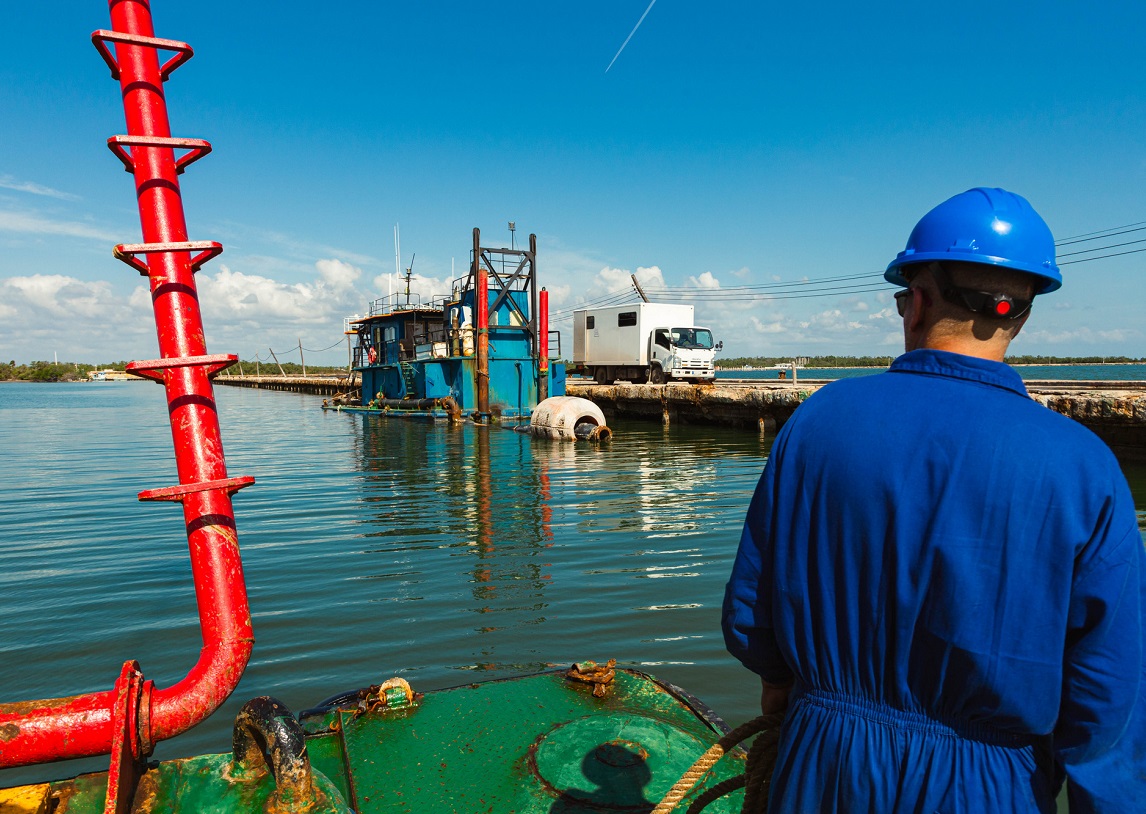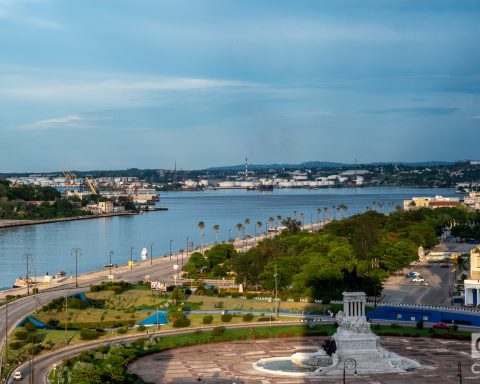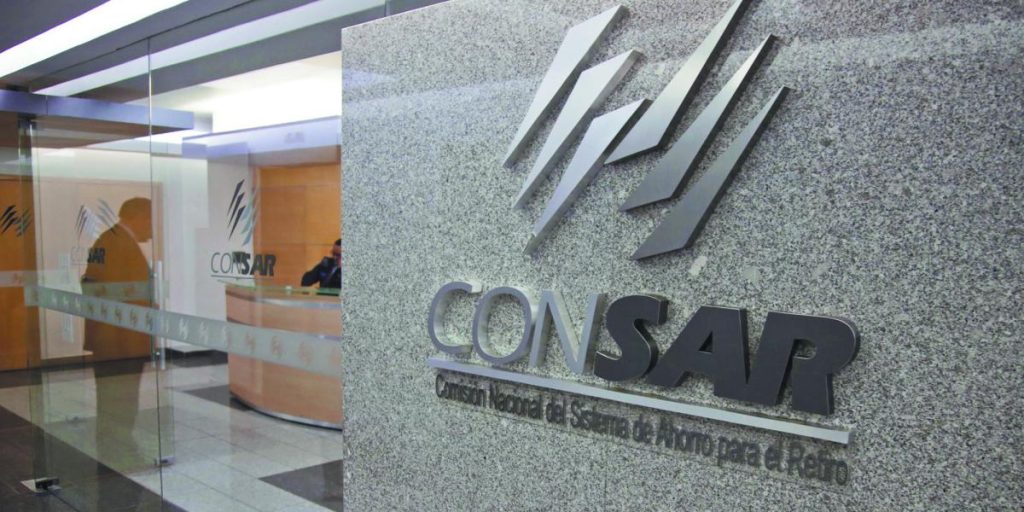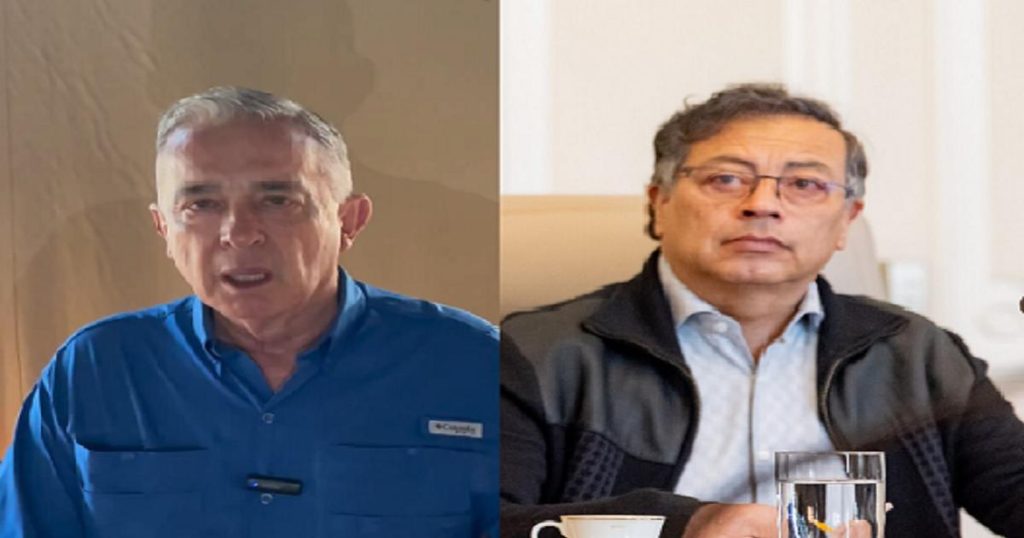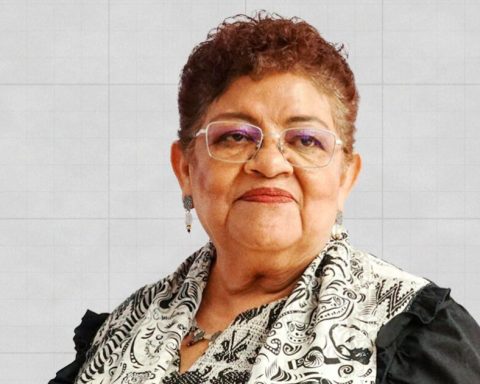The works of dredging in the port of Batabanóstarted last November, are today in their second phase, without operations in the institution having stopped.
The repairs after the passage of Hurricane Rafael, which blocked the port due to the accumulation of sediments, are progressing “as planned,” although now the entry of cold fronts is forcing the work to stop, explained Arístides Feraudys Reinoso, director of port services. Southwest Batabanó, from the Gemar group.
“Quality dredging needs a calm sea,” added the specialist in the publication in Facebook of the Minister of Transportation, Eduardo Rodríguez Dávila. However, he said, the level of operation “has not been noticeably affected” and plans were designed to maintain its image and conservation.
The director of services assured that they currently plan to also improve “the infrastructure that provides energy to the refrigerated containers”, also damaged by the passage of the cyclone.
Regarding the ferry entrance PerseveranceReinoso added that now and in the future “it can operate without problems” as long as they evaluate the state of the access channel after the passage of hydrometeorological events.
Two months ago, a article in Cubadebate It indicated that the machinery should extract about 2 thousand cubic meters in about five days of work, which constituted the first stage of the project to facilitate the entry of Perseverancia, which connects passengers with the Isle of Youth.
The current stage, the report added, which was then expected for this month, would focus on the dredging of about 22 thousand cubic meters, which would facilitate access to the docking box.
They begin dredging the port of Batabanó, blocked after the passage of Hurricane Rafael
Later next year, the third stage would begin with the purpose of reaching higher levels with dredging, “with which all capacities” of the port of Batabanó would be restored.
In the future, add Cubadebate, La Coloma will become “an alternative port” for the transportation of passengers with the Isle of Youth.
The dredger that has already begun work will extract the material from the seabed to transport it through a plastic pipe to a designated dumping point. Then, other machinery “will suck up the sediment deposited at the bottom.”
The analysis for the subsequent work in the port began on November 12 with the idea of calculating the necessary aspects to prepare the dredging project for the areas of the access channel to the port, Rodríguez Dávila detailed then.
